Liquid nitrogen is commonly making its way to the food industry for its dramatic visual effect. But is it safe to use? Doctors warn against its dangers read more
)
The girl started feeling discomfort after consuming 'smoky' liquid nitrogen paan. Representative image. Reuters
While food trends may make dishes look fancier and more Instagram-worthy, sometimes they come at a grave risk. One such seemingly harmless food trend known as “smoky” paan’, infused with liquid nitrogen for dramatic visual effects, resulted in something unforeseen: a hole in a 12-year-old girl’s stomach.
How this food experiment that promises a visual spectacle and thrilling experience go wrong? We explain.
What happened?
The 12-year-old girl, who hails from Bengaluru, went to a wedding reception where they were serving the trendy “smoky” paan. After consuming it, she started feeling discomfort in her stomach and was rushed to the hospital. She was diagnosed with perforation peritonitis, also known as a hole in the stomach.
“I just wanted to try the smoky paan because it looked interesting, and everyone else was trying it too,” the girl told The Times of India report. “No one else was hurt or felt any pain, but the discomfort I experienced was terrifying.”
At Bengaluru’s Narayana Multispeciality Hospital, the doctors examined that the girl needed to undergo surgery to prevent further complications. Subsequently, a portion of her stomach measuring about 4x5 cm on the lesser curvature, was removed through exploratory laparotomy with intra-op OGD scopy.
“Intra-op OGD scopy is a procedure where an endoscope, a flexible tube equipped with a camera and light, is used during surgery to examine the esophagus, stomach, and duodenum—the first part of the small intestine,” Dr Vijay HS, operating surgeon (surgical gastroenterology), team told TOI.
“We must take these isolated incidents seriously before they become a pattern,” Dr Vijay said.
This is not the first such case. In an undated video that surfaced last month, a boy from Tamil Nadu’s Chennai was seen falling ill after he consumed liquid nitrogen-induced “smoky biscuit” at an exhibition.
Such “novelty over safety” food trends have alarmed medical practitioners.
“As the popularity of liquid nitrogen in culinary circles continues to grow, it’s crucial for individuals to exercise caution and prioritise safety. Vigilance and increased awareness are essential to avoid potentially devastating consequences,” Dr Vijay HS told TOI.
What is liquid nitrogen?
Liquid nitrogen, commonly used in medical and industrial fields as a coolant, is becoming increasingly common in restaurants as a method for instantly freezing food and drinks, or creating an impressive cloud of vapour or fog when exposed to air.
Professor Peter Barham, from the University of Bristol’s School of Physics, told the BBC, that liquid nitrogen is “simply the harmless gas nitrogen, which has been cooled to such a low temperature that it becomes a liquid”. However, he added that the liquefied gas, which is intensely cold and has a boiling point of -196 degrees Celsius can cause frostbite or cryogenic burns if it is not used and handled, properly.
What makes liquid nitrogen dangerous?
Though liquid nitrogen is non-toxic, it has a liquid-to-gas expansion ratio of 1:694 at 20 degrees Celsius and poses significant health risks if ingested or mishandled in any way.
Direct contact of liquid nitrogen with skin or eyes can cause severe frostbite, leading to tissue damage or even a permanent injury, warn medical experts.
Talking about what happens after ingesting liquid nitrogen, Dr Sangeeta Tiwari told Only My Health, “When exposed to the warm environment of the body, liquid nitrogen rapidly evaporates into gas, causing a sudden expansion that can lead to internal injuries like perforation or rupture of the digestive tract. This can lead to severe abdominal pain, nausea, vomiting, and potentially life-threatening complications like pneumoperitoneum or pneumothorax.”
Not only is liquid nitrogen harmful when ingested but gas emanating from it when exposed to the air can make oxygen levels drop. When this happens, one has headaches, and lightheadedness and even makes one lose consciousness, according to an NBC report.
Ban on liquid nitrogen
Following the shocking incident in Bengaluru, Karnataka banned the use of liquid nitrogen while serving food at eateries and has even made it a punishable offence.
The commissioner of the food safety department in Karnataka, Srinivas K, issued the order on 3 May to ban the use of liquid nitrogen in smoking biscuits, desserts, and other food items while serving customers.
After the smoking biscuits incident last month, the food safety department issued an order on the use of liquid nitrogen. It instructed the designated officers and food safety officers “to take enforcement action as per Food Safety and Standards Act 2006 against any food business operator who is using liquid nitrogen for direct consumption along with food items like biscuits, ice creams, wafer biscuits, etc. The liquid nitrogen should be fully evaporated from the food or drinks before serving,” the order stated.
Under the aforementioned act, if a vendor is caught violating the order, they will be sentenced to imprisonment for seven years or more. The defaulter will have to pay a penalty of Rs 10 lakh.
With inputs from agencies

 4 months ago
32
4 months ago
32

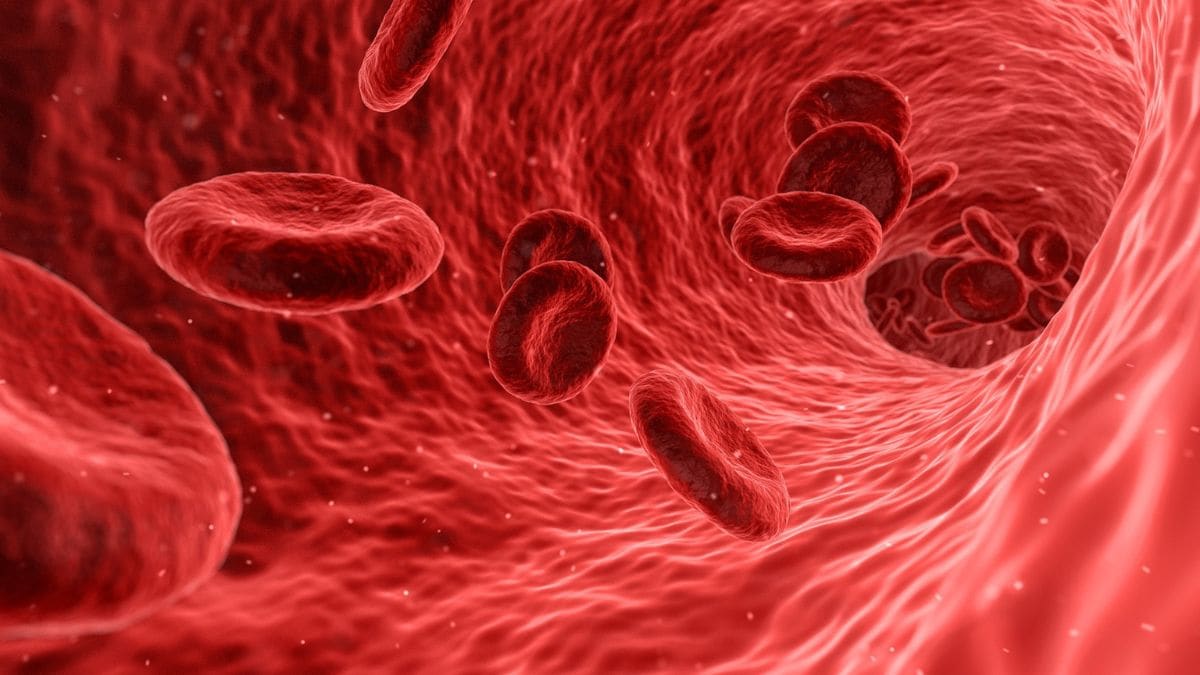
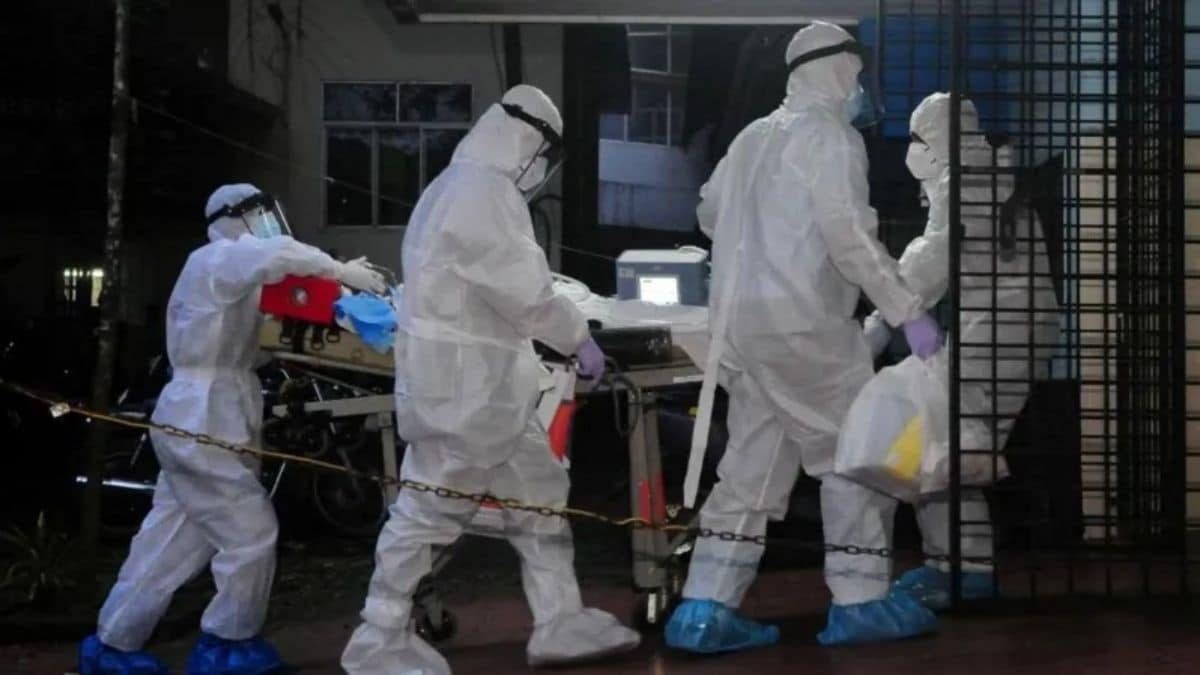
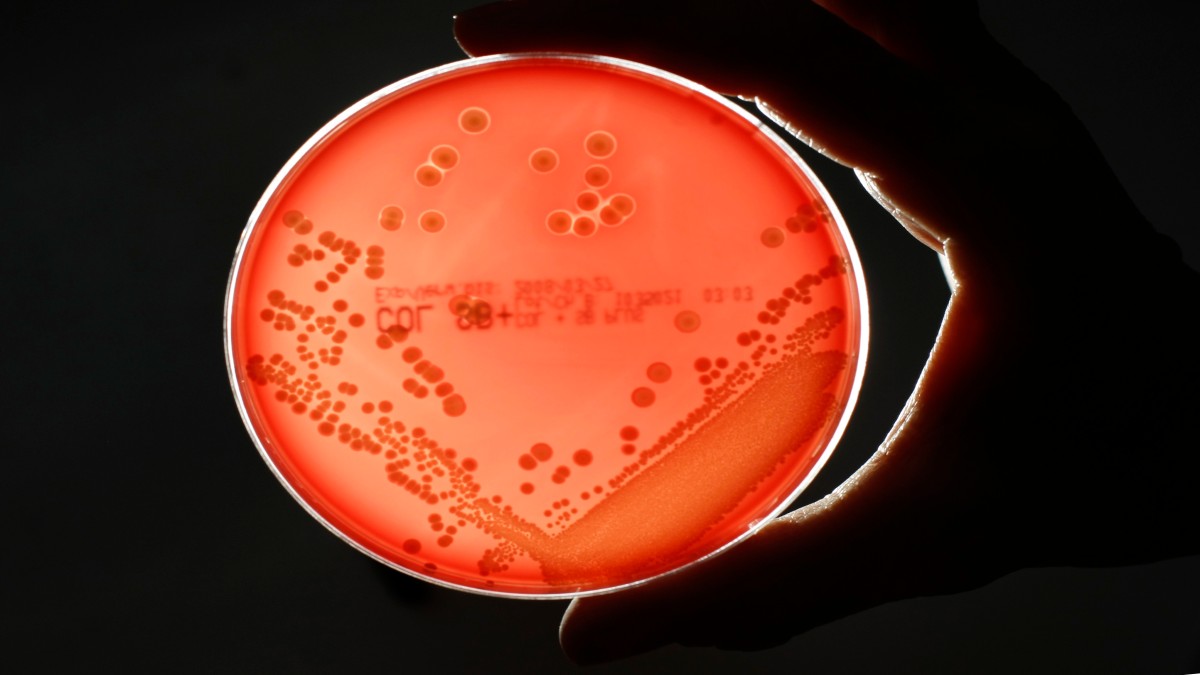
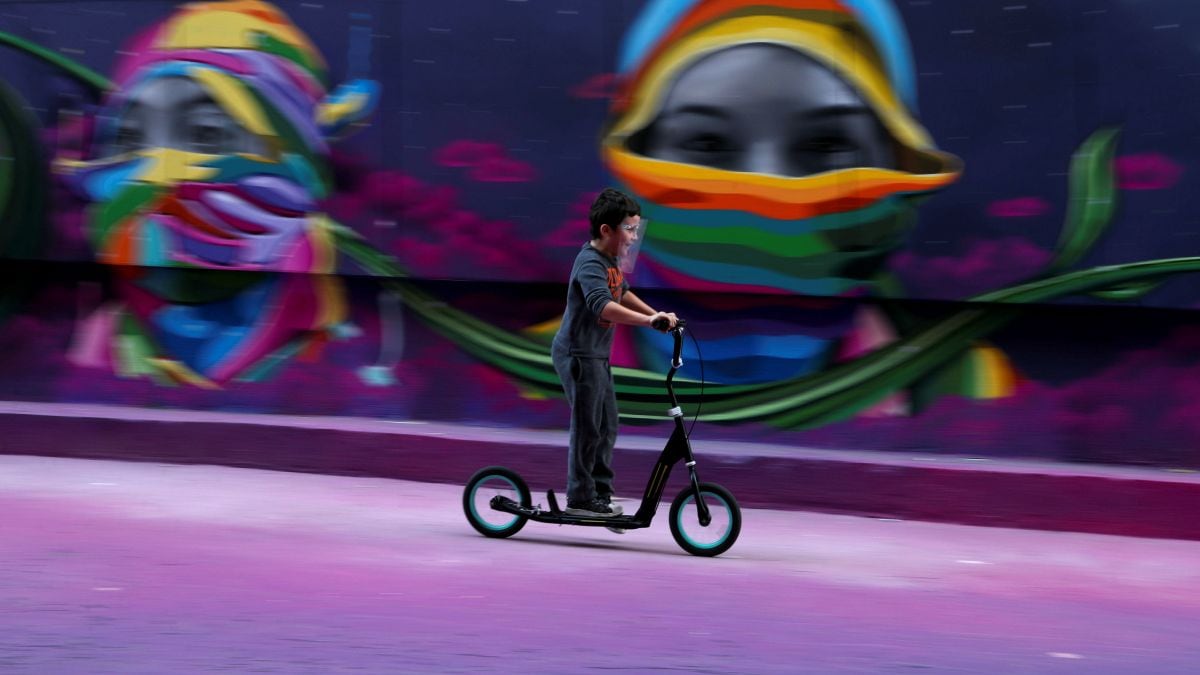




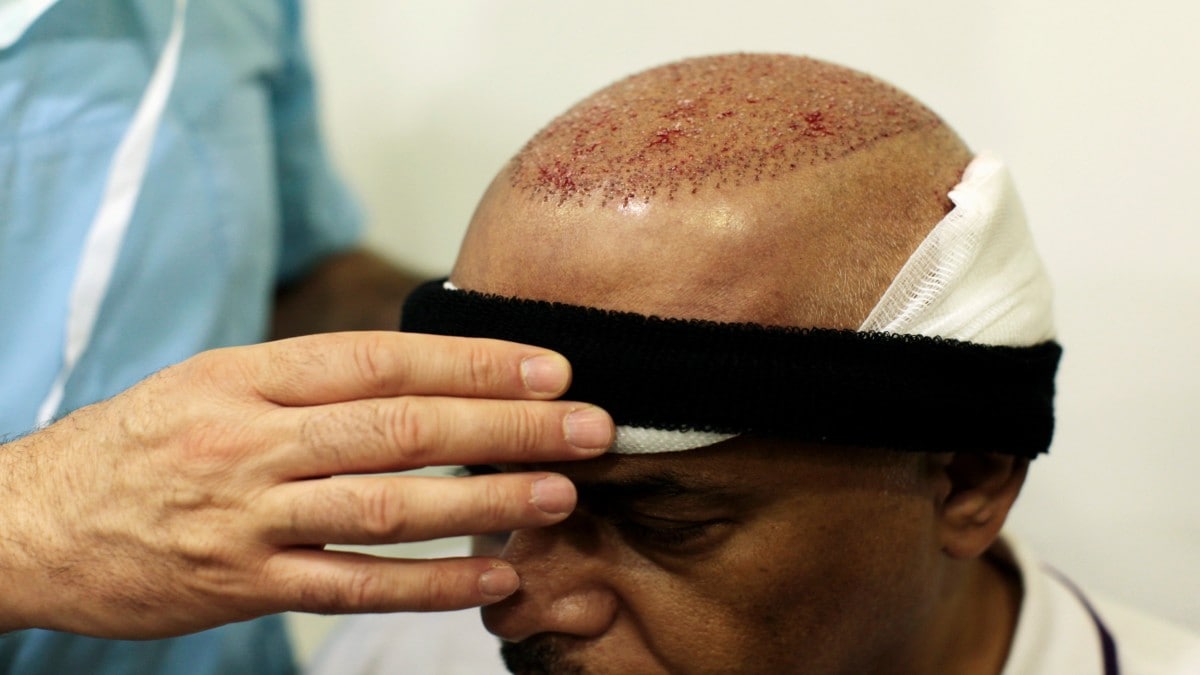




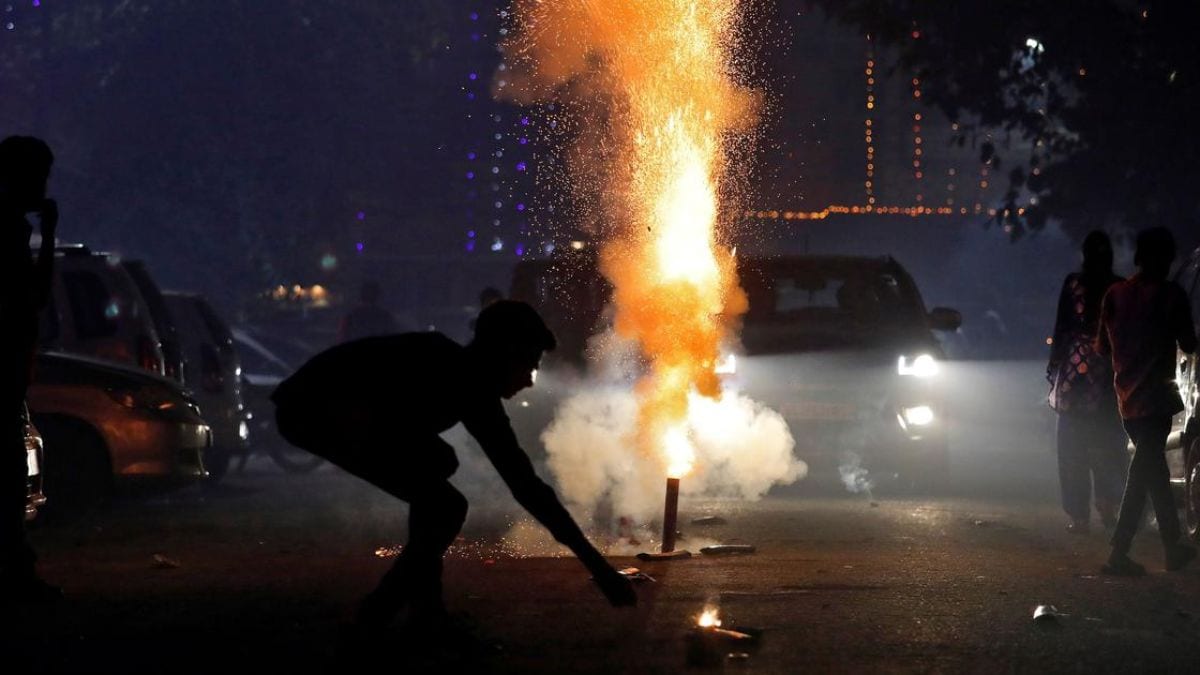
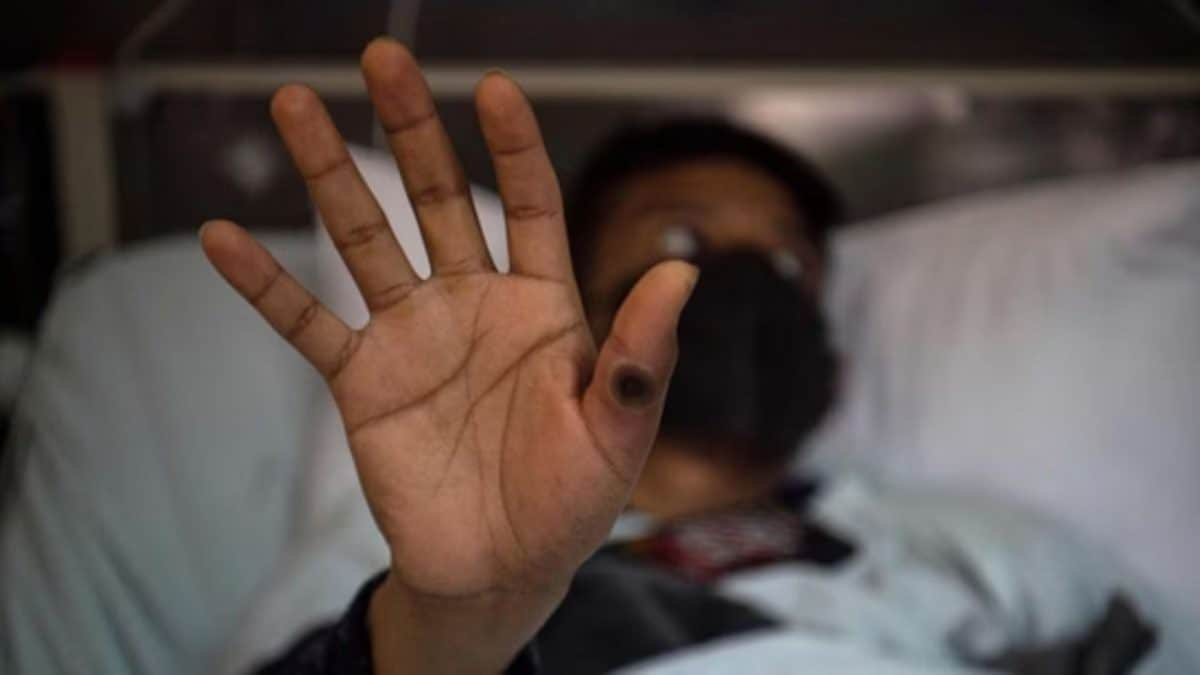
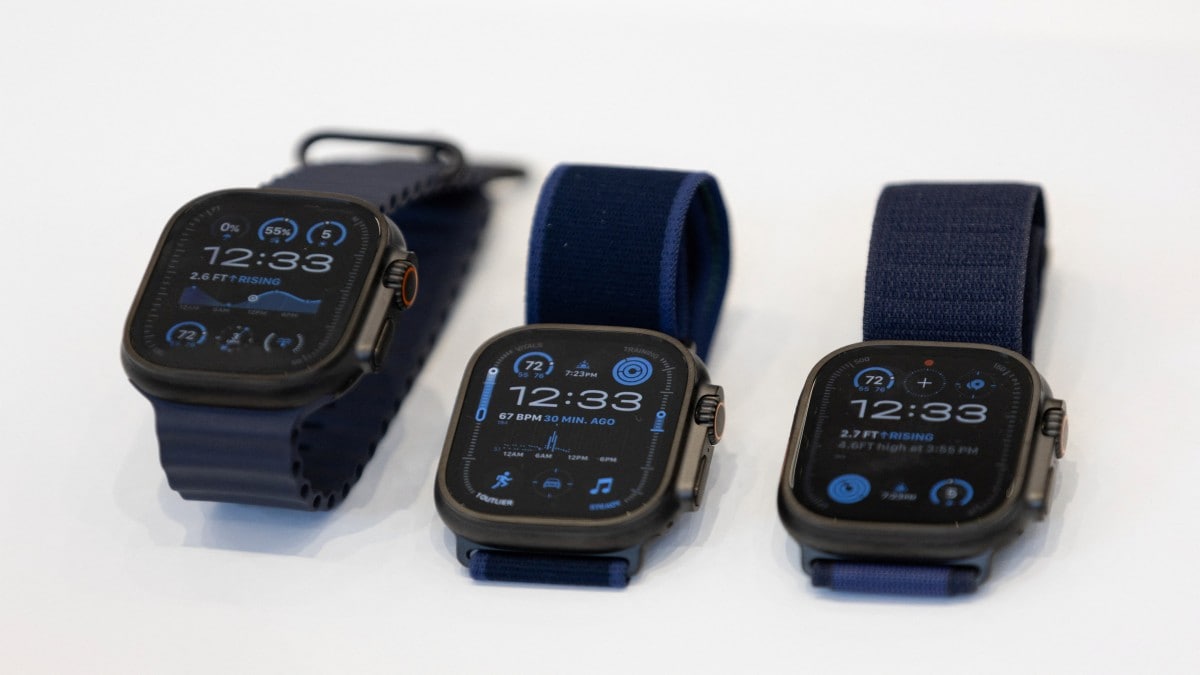

)
)
)
)
)
)
)
 English (US) ·
English (US) ·